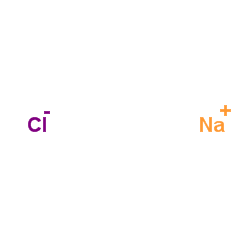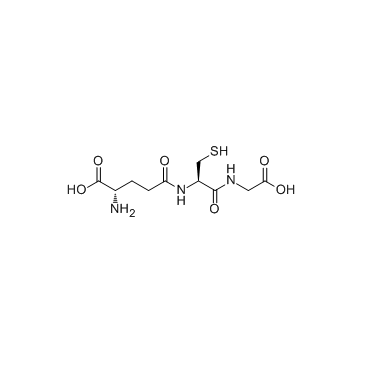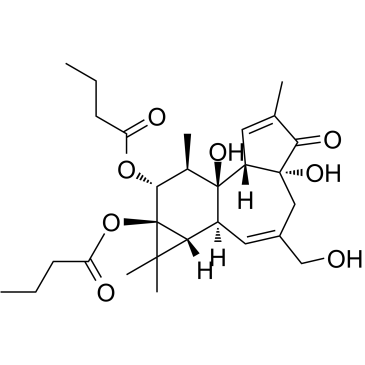| Structure | Name/CAS No. | Articles |
|---|---|---|
 |
sodium chloride
CAS:7647-14-5 |
|
 |
HEPES
CAS:7365-45-9 |
|
 |
SODIUM CHLORIDE-35 CL
CAS:20510-55-8 |
|
 |
Glutathione
CAS:70-18-8 |
|
 |
Phorbol-12
CAS:37558-16-0 |
|
 |
(+)-Bicuculline
CAS:485-49-4 |